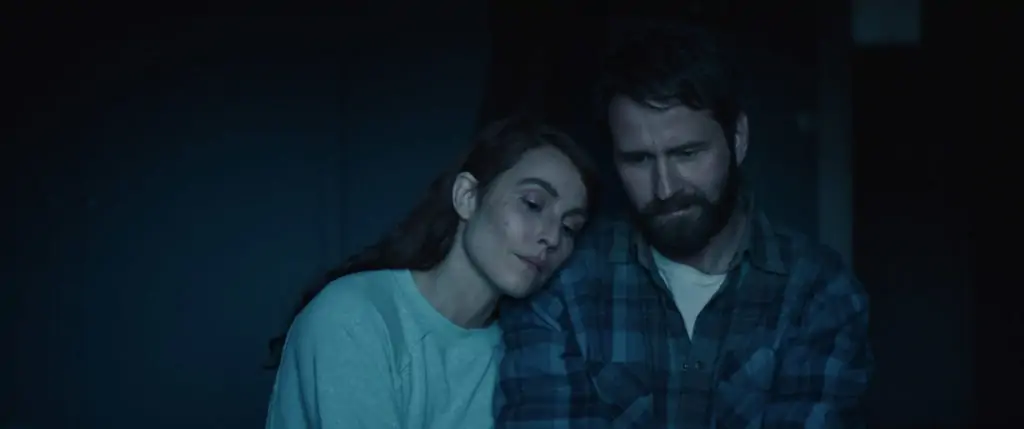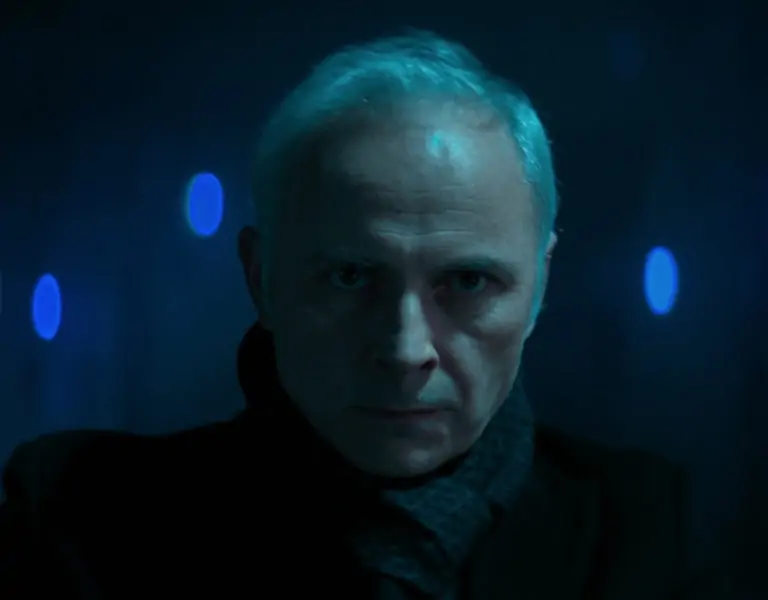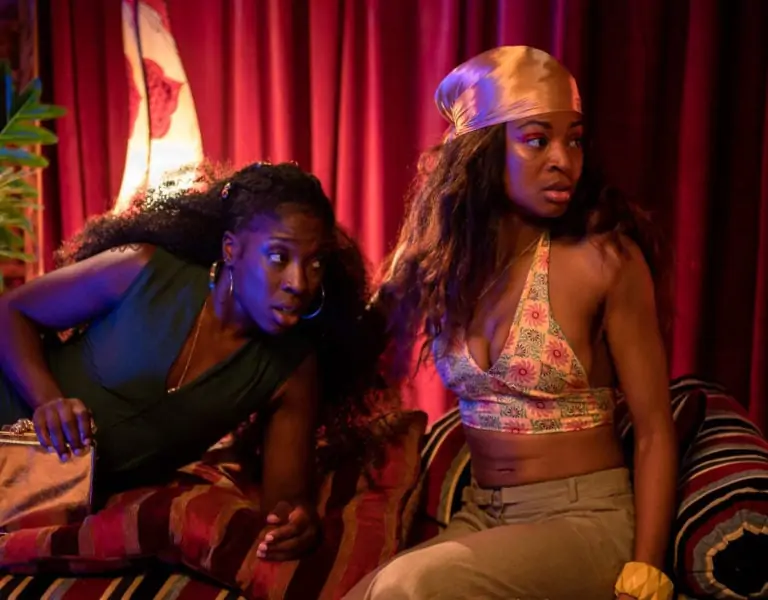CREATING THE LOOK FOR LAMB
Lamb is a dark and atmospheric folktale that focuses on a couple living and working in rural Iceland. They make a challenging discovery in their sheep barn, and when they defy the will of nature, soon face the consequences.
The unique and suspenseful thriller received international accolades at the 74th Cannes Film Festival, winning the Un Certain Regard Prize for Originality. The film has since been acquired for distribution by A24.
With cinematography by Eli Arenson, the debut feature from director Valdimar Jóhannsson stars Noomi Rapace and Hilmir Snær Guðnason. Edited by Agnieszka Glinska, TrickShot’s Eggert Baldvinsson CSI delivered the grade and online. The film is produced by Go to Sheep in co-production with Black Spark and Madants.
The crew worked closely to create a distinct look and feel for the indie production, incorporating the film’s focus on man’s relationship with nature while embracing the unique landscape and conditions of shooting on location.
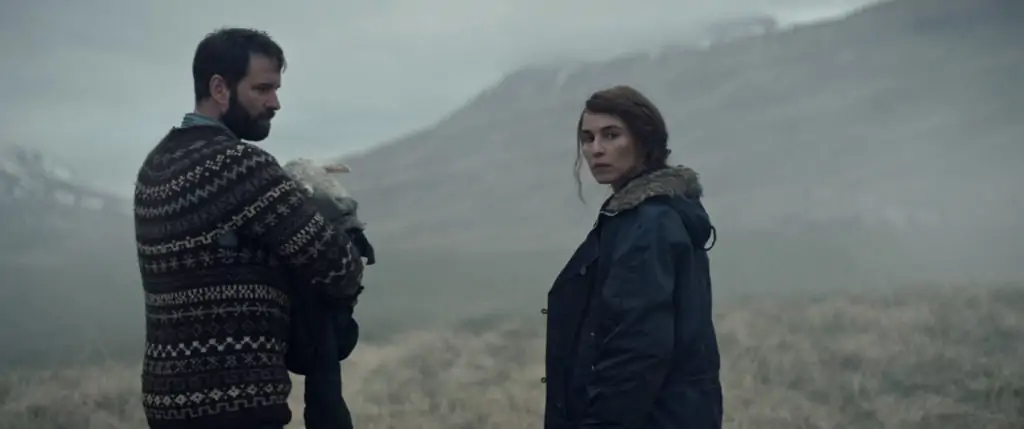
An Alexa Mini with ARRI Master Anamorphics was chosen as the principal camera with Arenson acquiring in 2.8K and framing for an aspect ratio of 2.39:1. Rushes during production were wrangled in DaVinci Resolve, with dailies created each day and reviewed by the DP and Director using frame.io.
DP Eli Arenson, says, “Jóhannsson grew up in the North of Iceland and had a clear vision for the film, sharing hundreds of reference images to help define the look during pre-production.”
“We focused on thirty images and created a digital collage, then brought down the resolution, creating pixilation and blocks of colour. This range of colour became our colour scope, which we adjusted for certain characters and scenes.”
“We shot using natural light at real locations, so there was a limitation in what we could control, and so we played on the natural hues of the landscape. We used this to our advantage to create contrasting worlds in different locations, such as the golden tone of wool and wood in the sheep pen or the green-blue of the farmhouse.”
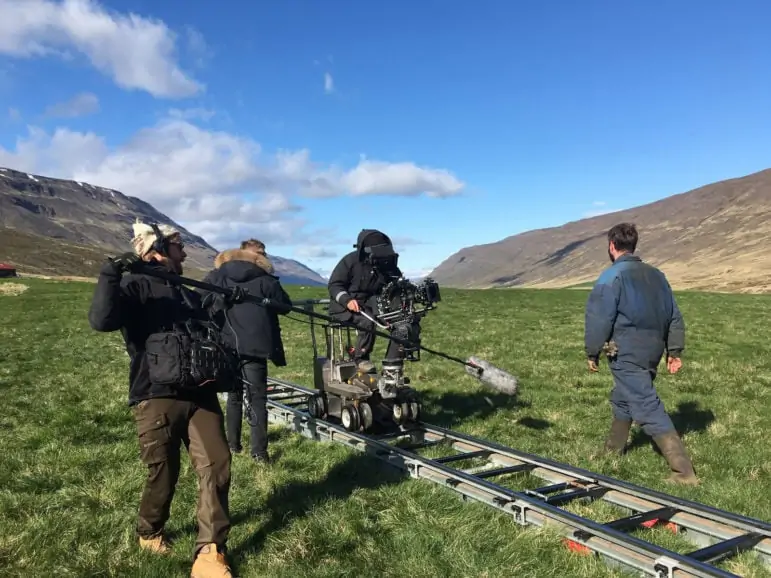
With a look established, it was shared amongst all departments: wardrobe, production design, props. “This process during production meant there was monochromatic range when it came to the grade, which we could enhance and fine tune,” says Arenson.
Filmed in the North of Iceland between May 2019 and February 2020, the changing seasons and natural beauty of the landscape became the film’s backdrop. “Capturing the nature of Iceland was very important to the director,” explains Arenson.
“Nature plays a role in the film. There’s an almost ominous feeling that it’s watching over man’s attempt at controlling it. We spent a lot of time discussing the background, the foliage, the grass, the sky.”
With the characters working shifts during 24 hours of daylight in the Icelandic summer, there was a real danger that the audience’s perception of the passing of time would become confused. “I used my colour meter to measure the light of the midnight sun,” explains Arenson. “At 10pm it was at 20,000 kelvin and later on it simply went off the charts.”
Colourist, Eggert Baldvinsson, explains things from a native’s point of view. “The differences between night and day during the summer are almost indiscernible,” he reveals. “However, if you are from Iceland, it is huge, and you can sense it. But to accurately convey the time of day to audiences, we focused on how it feels, rather than the reality.”
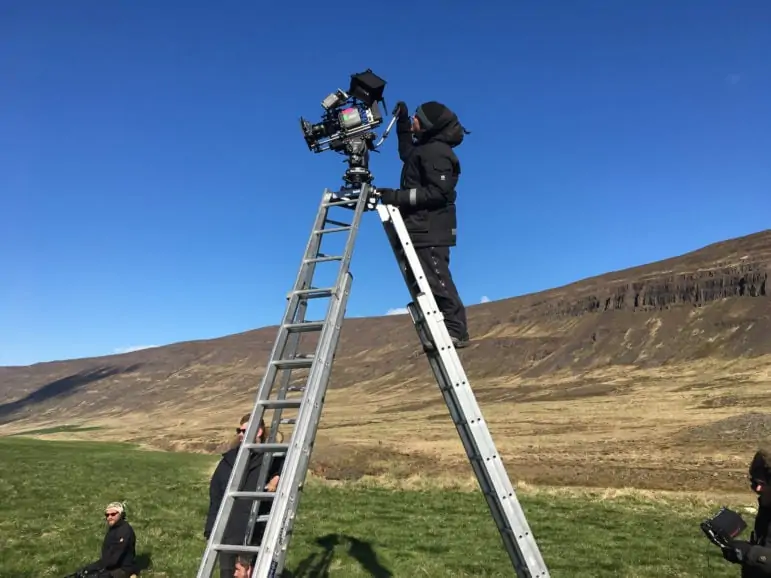
Alongside demonstrating the passage of time, Illustrating the changing seasons in landscape was essential. From brown to yellow to green, the grass became an essential part of the storytelling. “We did a whole pass of the film just getting the hue of green in the grass right,” explains Arenson.
“As a relatively small production, we had to work with the natural conditions, we gave it tremendous respect, using our limitations to our advantage and letting the setting enable us to create something unique.”
Challenging the director’s vision and presenting an alternative became part of an evolving process in the grade. “For the first pass, we presented a grade to Jóhannsson, which we knew wasn’t exactly what he had in mind, but created a better understanding of what was possible,” explains Baldvinsson.
Adding: “The director wanted it soft to create an eerie feeling. This influenced how dark we could take the contrast levels. The black level slightly raised to keep an element of softness, albeit that we had to retain some contrast inside that softness.”


“We used a single high contrast LUT through filming,” elaborates Arenson. “It lifted the shadows and heightened the contrast, introducing warmth to the highlights and coolness to the shadows, and shifted the greens slightly to yellow.
“It worked perfectly on the cameras and monitors on set, but after screening our first pass of grading in the cinema, we decided to lower the blacks and go back to a place where they would roll out into nothing.”
The offline was completed in Media Composer before delivery as an AAF into DaVinci Resolve, where the media was relinked, so that the grade and online edit could be delivered and the project eventually exported.
When the team began post-work on the film, the pandemic was in full swing. They anticipated the grade and sign off process would be more of a remote process and planned accordingly.
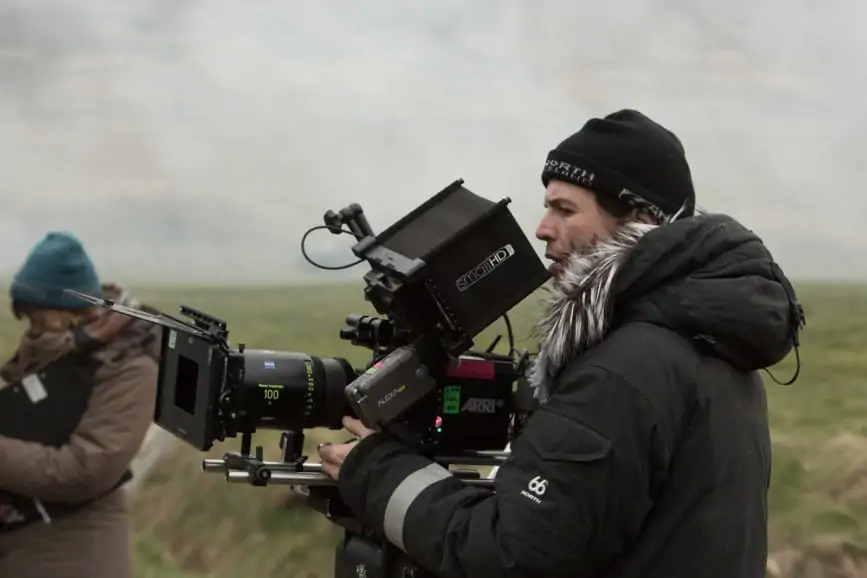
The project and timelines were in ARRI Log C, shoulder a HDR master be required down the line, while monitoring during the DI was set Rec709.
“Doing so meant was less chance of a mismatch between what I saw in the suite versus the previews sent out for notes, which would be viewed on a laptop or other online preview platform. And for a first-time director, that consistency was crucial.
“With the film finalized, an HDR request came in. We used the dynamics of the Log-C timeline to do an HDR up trim, keeping the look consistent while allowing the highlights that had been rolled off in the SDR master to expand into the extra HDR range. Some of the exterior shots in particular really benefitted.”
The final film was delivered as a 2K DCP master, along with a 2K DCDM and a package of QuickTime files, then MP4s for previews and use online. The HDR master was ST2084 1000 nits, Dolby Vision.
Lamb will be released on 8 October 2021 in the US and 10 December in the UK and Ireland
